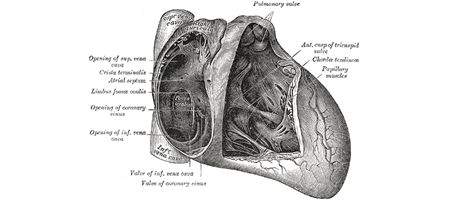A researcher has developed a heart monitoring smartphone app that he says is as accurate as standard medical monitors now in clinical use.

Building on the idea of using a smartphone to measure heart rate, and has added other medical monitoring facilities, Worcester Polytechnic Institute (WPI) professor Ki Chon has developed an application that can also measure heart rhythm, respiration rate and blood oxygen saturation using the phone’s built-in video camera.
“This gives a patient the ability to carry an accurate physiological monitor anywhere, without additional hardware beyond what’s already included in many consumer mobile phones,” he says.
“One of the advantages of mobile phone monitoring is that it allows patients to make baseline measurements at any time, building a database that could allow for improved detection of disease states.”
The application analyzes video clips recorded while the patient’s fingertip is pressed against the lens of the phone’s camera. As the camera’s light penetrates the skin, it reflects off of pulsing blood in the finger.
The application correlates subtle color shifts with changes in the patient’s vital signs.
To test for accuracy, volunteers were monitored by the standard devices for measuring respiration, pulse rate, heart rhythm, and blood oxygen content. Simultaneously, they pressed a finger onto the camera of a Motorola Droid phone.
While all devices were recording, the volunteers went through a series of breathing exercises while their vital signs were captured. Subsequent analysis showed that Chon’s new smart phone monitor was as accurate as the traditional devices.
While the study was carried out using a Droid, Chon said the technology is easily adaptable to most smart phones with an embedded video camera.
And because the new technology can measure heart rhythm, Chon believes the app could be used to detect atrial fibrillation (AF) – the most common form of cardiac arrhythmia.
“We are building that application now, and we have started a preliminary clinical study with colleagues at UMass Medical School to use the smart phone to detect AF,” he says.
They’re also developing a version of the mobile monitoring technology for use on tablets such asthe iPad.
“We believe there are many applications for this technology, to help patients monitor themselves, and to help clinicians care for their patients,” says Chon.






